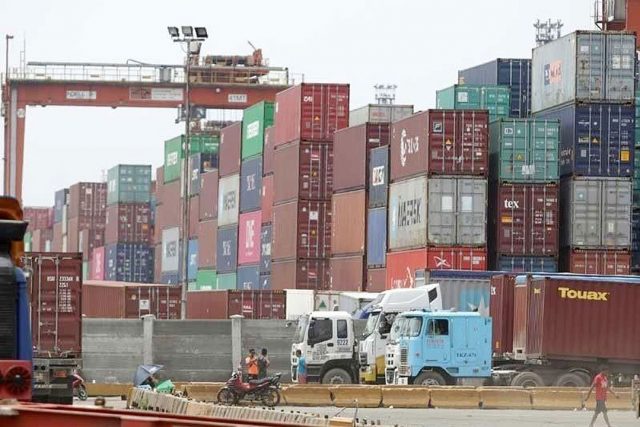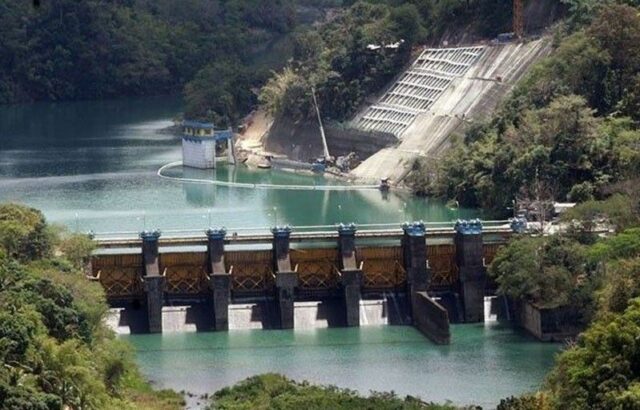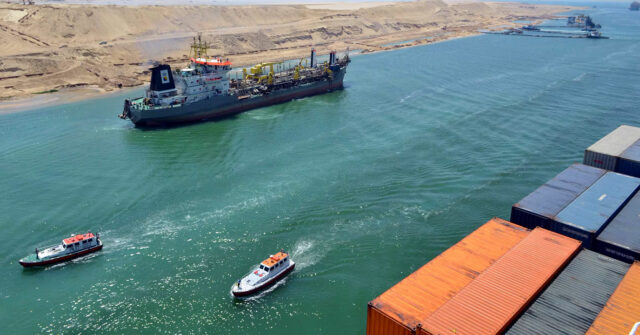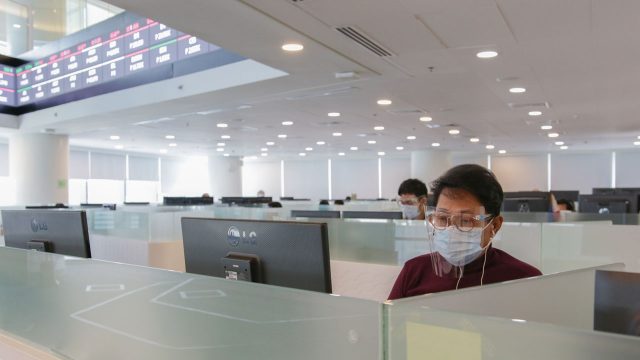You may have watched Dune: Part Two by now. The movie is set in the year 10191. Despite being set on the future, one thing that most viewers will notice is the lack of modern technology. There are no phones or computers, nor robots or AI. Based on the book series, there was a war that left society relying on thinking machines for most aspects of life, while the other believed that doing so was harmful to humanity. Relatively, the latter ideology prevails. I, personally, understand and agree that modernization and advancement in technology, when utilized correctly, greatly benefits our daily activities.
The Securities and Exchange Commission (SEC) recently issued SEC Memorandum Circular (MC) No. 3-2024, which discussed the guidelines for the use of the Electronic Application for Modification of Entity Data (eAMEND) Portal. Previously, when applying for amendments to the Articles of Incorporation (AoI) and/or By-Laws (BL), one had to manually accomplish the amendment forms and submit them together with the hard copies of the amended AoI and/or BL and other requirements. Applicants had to physically wait for their queue number to be called from a long line of applicants in the SEC office. The documents were physically reviewed by an examiner and the applicant had to wait for at least a week before receiving the approved amended AoI and/or BL. Under the SEC MC 3-2024, in pursuit of sustainable practices, streamlined and automated processes, the SEC allowed amendment applications through the eAMEND portal which eases the amendment application process.
COVERAGE AND APPLICABILITY
Currently, the circular is only applicable to registered and active partnerships and corporations. One of the major changes presented by MC 3-2024 is the issuance of a digital certificate.
A. Applications subject to issuance of the digital certificate
The circular presents the following applications for the amendment of the AoI and/or BL where a digital certificate is issued:
I. Articles of Incorporation:
a. Change in principal office address;
b. Increase or decrease in the number of board directors or trustees;
c. Fiscal year for One Person Corporations (OPC); or
d. Deletion and/or addition of new provisions in the existing AoI except those provisions on purposes, capitalization, and reclassification of share.
II. By-Laws
a. Date of annual meeting of the stockholders or members; or
b. Amendment of fiscal year.
B. Applications subject to regular processing through the eAMEND Portal
On the other hand, the following applications for amendment are subject to regular processing through the eAMEND portal:
a. Amendment of partnership;
b. Dissolution of partnership;
c. Amendment of AOI and BL other than those indicated above;
d. Application for conversion of OPC to an ordinary corporation and vice versa; or
e. Application for increase of capital stock for OPC via cash.
It should be noted that those not mentioned above do not cover the application via the eAMEND Portal. Hence, any other applications not covered above must be filed via the official electronic mail of the SEC.
DOCUMENTARY REQUIREMENTS
A. Applications subject to issuance of the digital certificate
The eAMEND Portal also streamlined the required documents for amendment of the AoI or BL. The applicant is to submit a system-generated/downloaded cover sheet, and system-generated/downloaded, signed, and notarized or apostilled/authenticated Amendment Form. In addition to these two documents, applicants will also have to upload their compliance with the Monitoring Clearance requirement and the certification and/or favorable endorsement of appropriate government agencies for covered entities, if applicable.
B. Applications subject to regular processing through the eAMEND Portal
The required documents can be checked on the Commission’s latest citizen’s charter.
APPROVAL AND ISSUANCE OF CERTIFICATE
A. Digital certification
The Digital Certificate of Filing of Amendment will automatically be issued via the eAMEND Portal upon payment of the amendment fees. Subject to post-evaluation / post-audit, the original Certificate of Filing of Amendment will be released upon submission of the hard copies of the application documents.
B. Original certification
For those applications that are covered by regular processing, the original certificate of amendment will be issued upon submission of the hard copies of the application documents and payment of the required fees. No digital certification is to be issued through the eAMEND Portal.
PURGING AND CANCELLATION OF APPLICATION
The circular also authorizes the SEC to purge applications on the following grounds:
a. Failure to complete the application and to upload the requirements within 60 calendar days from the creation of the eAMEND Portal account;
b. Failure to comply with SEC’s compliance order within 30 calendar days from receipt of the e-mail compliance notifications;
c. Failure to pay the required fees within 45 calendar days from the Payment Assessment Form date.
In addition, the SEC may motu propio cancel the application for non-submission of the three original sets of the application documents that have been approved via the portal within the 30 calendar days indicated in the digital certificate. This also covers any non-compliance of any lawful order of the SEC in case of incomplete documents or if there are inconsistencies between the uploaded documents with the submitted hard copies.
The circular further provides that the amendment forms which will form part of the AoI and/or BL and any changes thereof will be considered official and legally valid when presented to other government agencies. The circular took effect on Feb. 23.
Although there is no timeline for the SEC to process and issue the digital or original certificates, we expect that by adopting this eAMEND portal, the processing time can be significantly shortened. Looking forward, we may hope that additional transactions will be included in the eAMEND Portal.
The eAMEND Portal is a great technological modernization of our transactions with the SEC, which is a welcome development to all stakeholders. This is a big step in easing the system for submitting amendment documents as well as the SEC’s processing time.
Let’s Talk Tax is a weekly newspaper column of P&A Grant Thornton that aims to keep the public informed of various developments in taxation. This article is not intended to be a substitute for competent professional advice.
Alexander M. Querido, Jr. is a manager from the Tax Advisory & Compliance division of P&A Grant Thornton, the Philippine member firm of Grant Thornton International Ltd.
pagrantthornton@ph.gt.com












